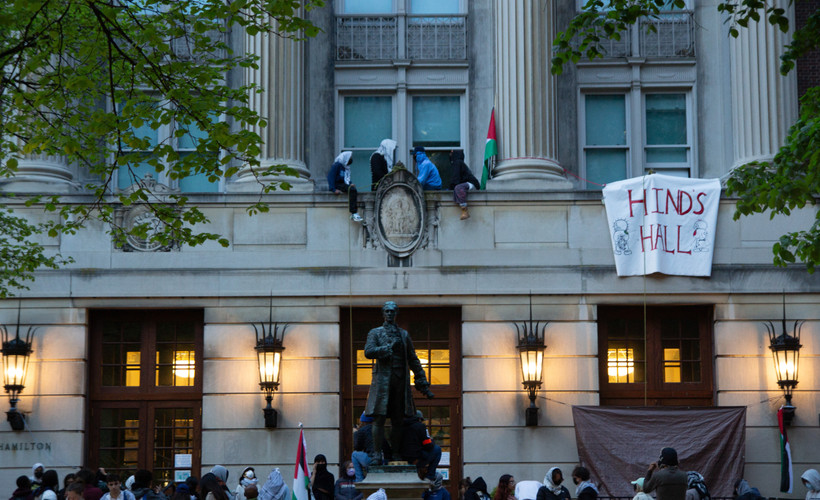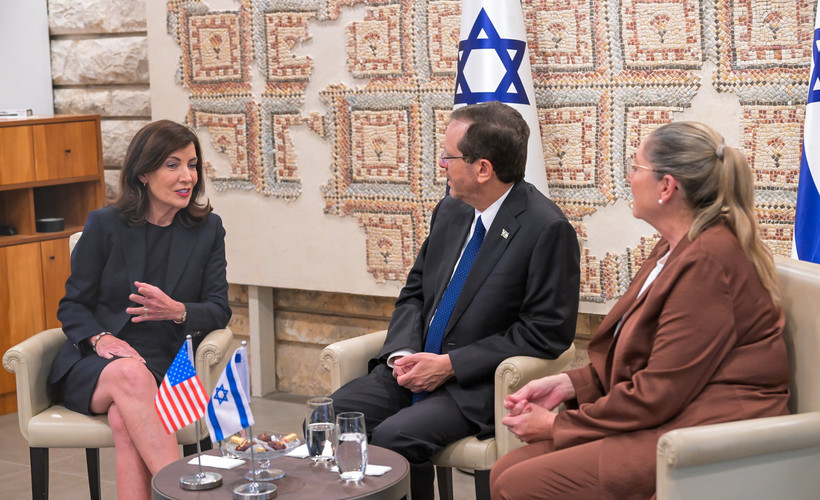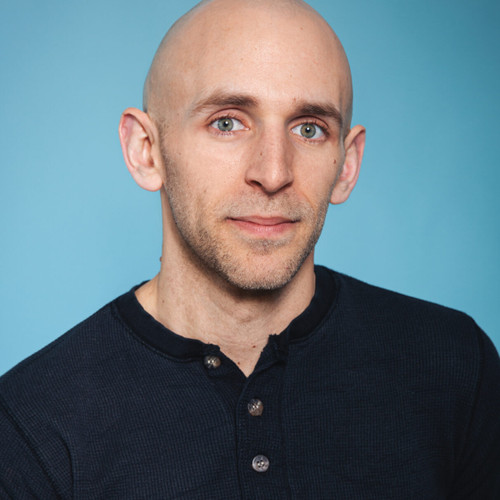On the Ground at the NYPD Raid on the City College Gaza Solidarity Encampment
New York Focus was on the scene as cops shoved, kettled, and chased students at City College, the second campus where the NYPD razed a Gaza solidarity encampment Tuesday.
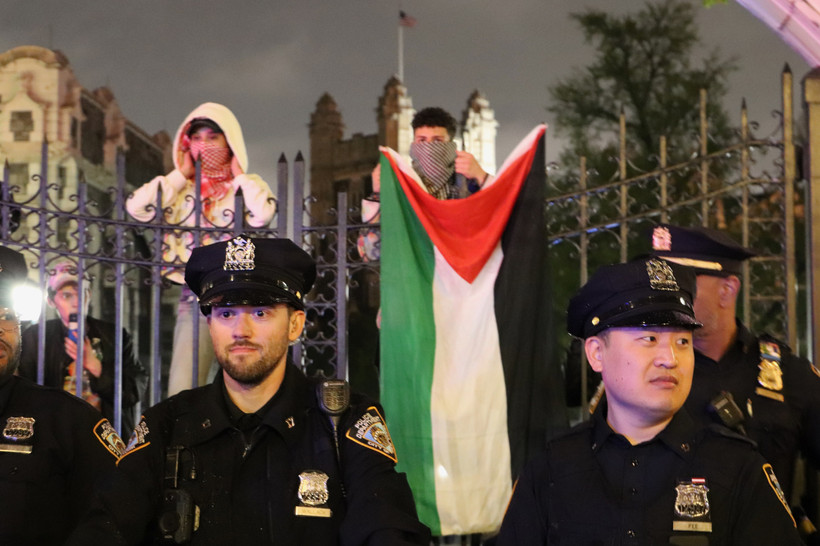

During Tuesday night's police raid on the City College of New York, The Campus magazine editor-in-chief Leon Orlov-Sullivan read the names and badge numbers of 25 officers present over a livestream. According to public databases for complaints and overtime pay, 11 of the officers have a combined 23 complaints, though few were substantiated by the Civilian Complaint Review Board.
There's a good chance their presence was expensive: During the 2023 fiscal year, 20 of the 25 officers collected a total of more than $270,000 in overtime pay.
Izhar Hussain, a police officer in the 112th Precinct who was present that night, has five complaints against him, including two allegations of excessive force. In 2023, he earned $18,407 in overtime pay.
Marc Loyola, an officer in the 111th Precinct, has three complaints filed against him, including a substantiated 2016 complaint for excessive force. He earned $6,240 in overtime pay last year.
Raymond Williams, a detective specialist from the 112th Precinct, is named in four different lawsuits brought by civilians, with a total settlement amount of $140,000. In a 2012 case, Williams and other officers are alleged to have stomped on, hit, and kicked an individual who they had handcuffed. Williams was also suspended in 2018 for filming a video of his groin with another officer’s body cam, according to the New York Post.
Another officer at the protest, Benjamin Chen of the 115th Precinct, received more than $40,000 in overtime pay last fiscal year. —Bianca Fortis

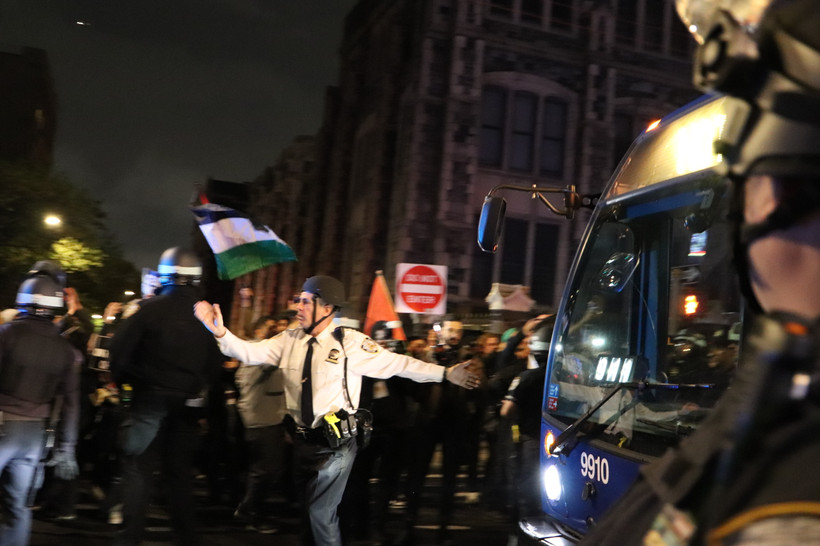
Maia Hibbett and Bianca Fortis contributed reporting.
